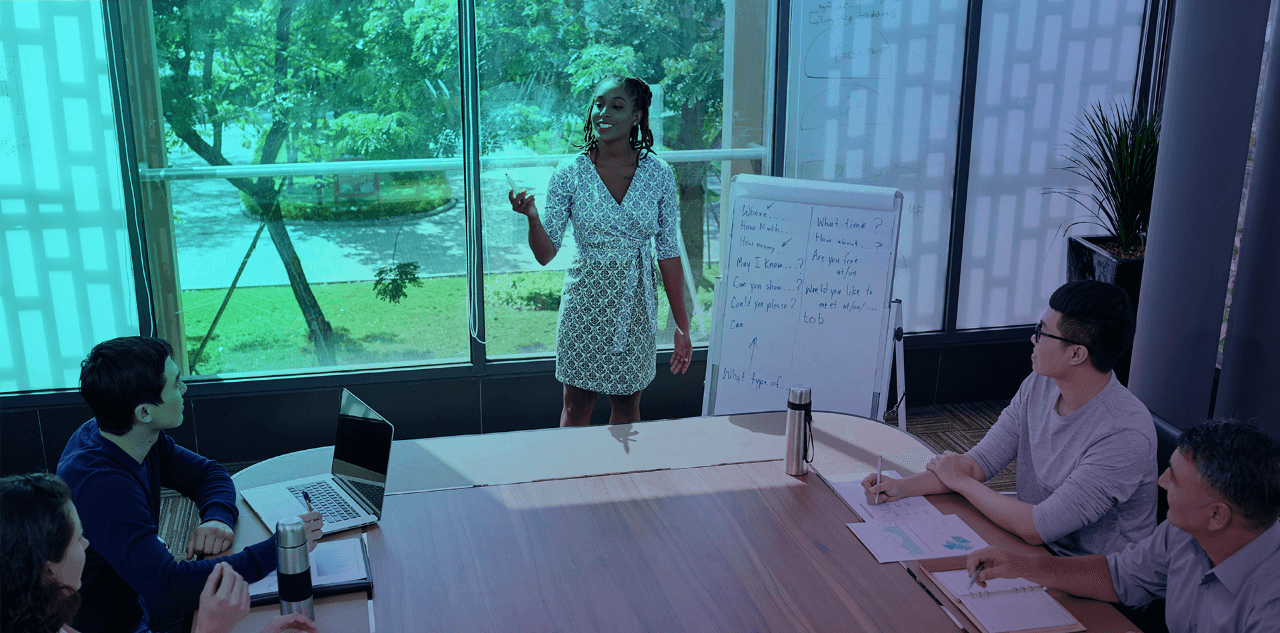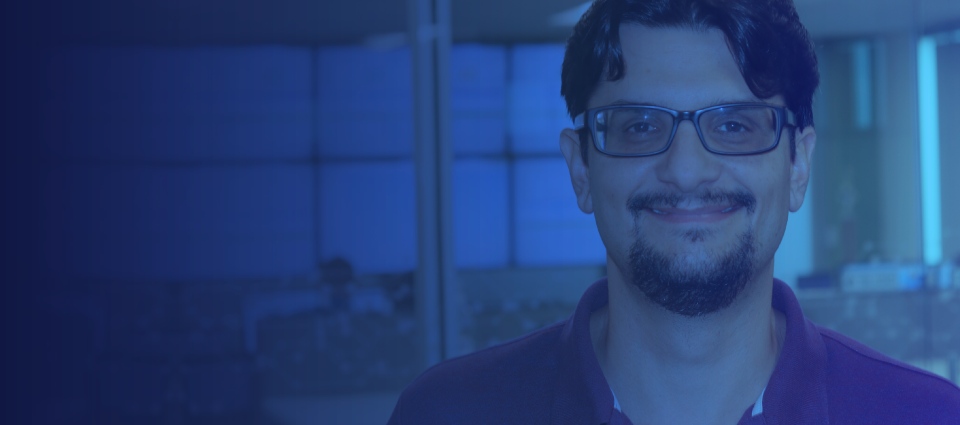There’s no denying that the last year – as with 2020 – has posed some challenges. Having already transitioned thousands of our employees to remote working and helped many of our clients to do the same, we knew we’d laid the groundwork for business continuity. We also anticipated that it would take time to adjust to a new way of working.
With this in mind, we believe we can look back on 2021 with a sense of pride at how co-creation and teamwork has enabled us to respond to new challenges, whether around cybersecurity or keeping teams engaged and motivated.
A big part of achieving this has been our regular Town Halls, where Farlei Kothe, our EMEA CEO, would virtually meet with our entire team to ensure that everyone was informed about all the latest changes.
Equally, adapting how we work and the services that we focus on has been very important. This includes our Stefanini Everywhere approach, which has been our aim to have around half our workforce working remotely, with three different levels of flexibility, ensuring we can meet client needs, keep our teams safe and access the broadest possible pool of talent.
Additionally – at a time when a shift to remote working has meant a significant increase in the number of cyberattacks and the potential damage they could cause – we built on our existing cybersecurity offering by launching a new joint venture with Cyber Smart Defence. We also launched our new Security Operations Center (SOC) in Bucharest, providing a comprehensive portfolio of cybersecurity services to clients across EMEA.
Meanwhile, our increased focus on cloud and how it can help businesses cut costs and increase productivity will prove important to businesses adapting to the new way of working.
All of this is to say that 2021 was a reminder of the importance of remaining adaptable – and underlined that periods of change offer the greatest lessons.
With this in mind, we caught up with three of our colleagues to discuss the lessons offered by 2021 and how these might apply in 2022.
André Corrêa, Cloud Practice Leader, Stefanini EMEA, on the importance of cloud adoption:
Since the beginning of the pandemic, cloud technologies have had a crucial role to play in accelerating changes in how businesses operate. For many businesses, most of these changes were already on the horizon, but had suddenly become much more immediate necessities.
In order to meet this need, there’s been a major drive in gaining cloud expertise, which has resulted in greater collaboration between partners and across borders globally. This has given a new momentum to application modernization, cloud migration and DevSecOps transformation projects, which we can expect to continue into 2022.
Andreea Apostol, Facilities Manager, Stefanini EMEA, on embracing new ways of working:
The last two years can be defined by a focus on agility, remote and hybrid working, as well as creating a safe environment. Our response to the pandemic has been trying to shape a new reality and establish ways of working that perfectly meet the needs of our colleagues and clients.
In theory, the shift to a hybrid model means that any employee can choose where and how they work. But how does that look in practice? How will companies choose to implement the new model? What is the ideal ratio between remote and office work? How do we transform the workplace into the right environment for encouraging communication, productivity, innovation, and engagement? How do we make travelling into the office feel worthwhile?
For many businesses, answering these questions will continue to be a work in progress in 2022. It’s clear that now is the time when we have to adapt our working culture, while learning and relearning resilience and tailoring our environment based on people’s needs. This is likely to prove an ongoing process, but as the American futurist Alvin Toffler noted: “Change is not merely necessary to life – it is life!”
Alejandra Garcia, UX Practice Leader, Stefanini EMEA, on UX before and after the pandemic:
UX relies on understanding human behavior and translating this into how to improve the digital experience. As a result, the way UX is delivered and the priorities behind it has shifted significantly in response to the drastic change in human behavior over the last two years, especially in the online/digital environments.
The stakes have been raised for UX in line with the extent to which people now rely on digital tools, whether they’re using these to collaborate with coworkers and clients, spend time with loved ones or track when their food delivery will arrive. As a result, the help elements that once sat on the sidelines of a website are now becoming more integrated into the interaction as the user navigates through the pages.
Escapism remains important – and dominated our digital experience before the pandemic – but now, when it comes to our routines, work, and loved ones, our digital tools need to fit the reality of our world.




















